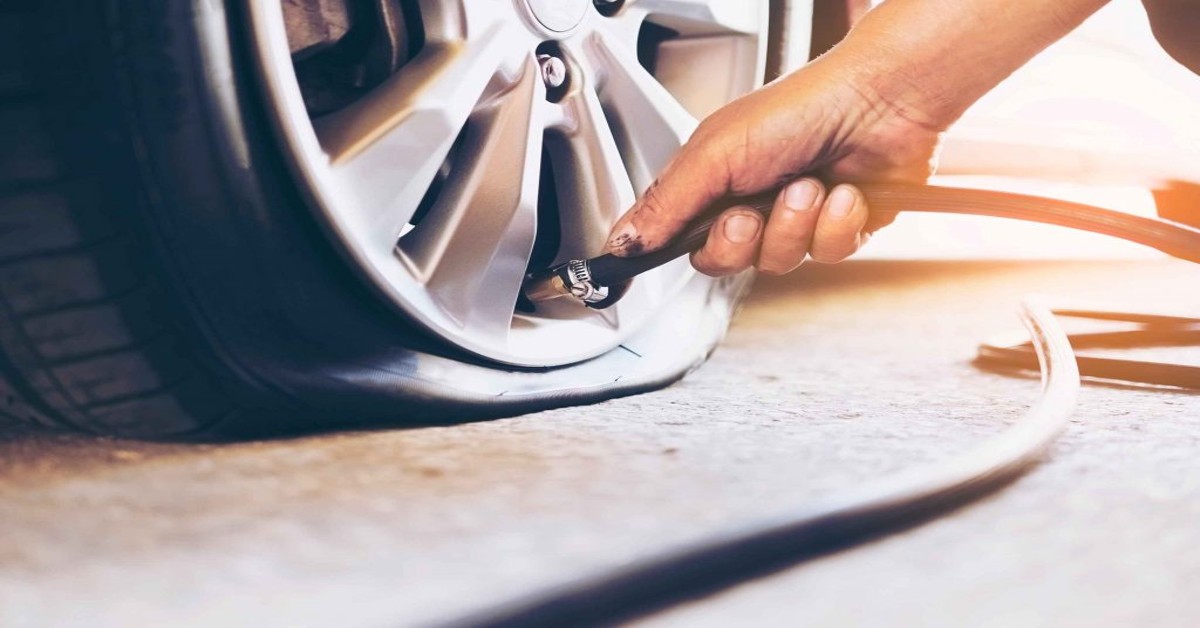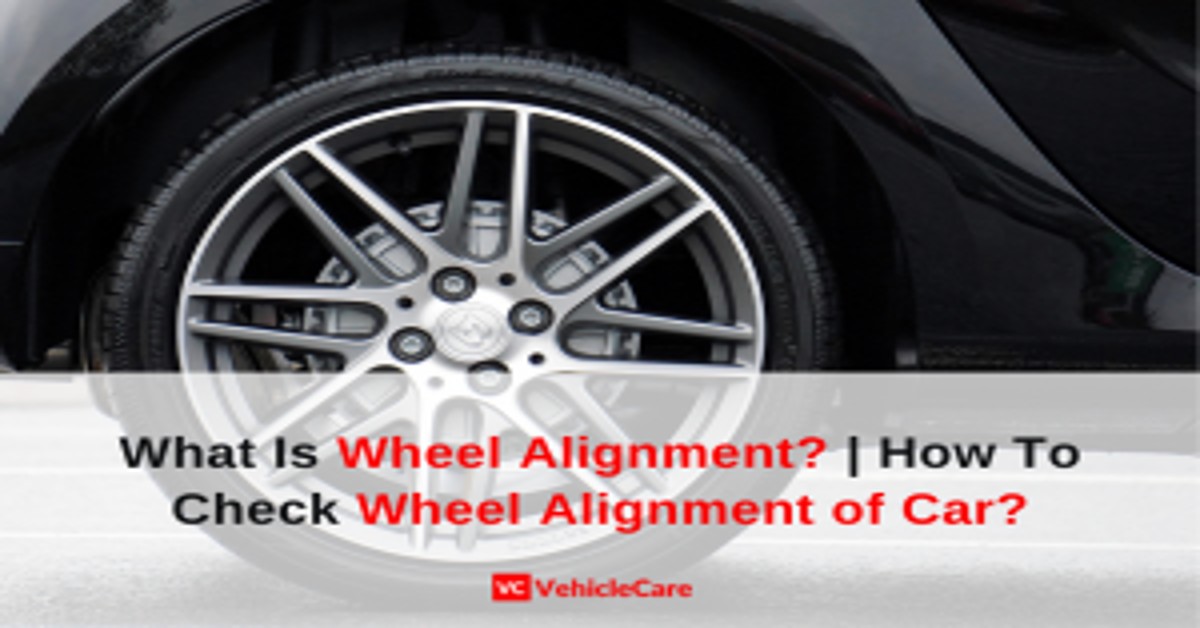For tires that secure you with a strong grip, enhance your steer control, and all-around improve your driving experience, periodic wheel balancing is essential and probably the most crucial aspect in obtaining a long service span from them.
With daily on-roading, wheels tend to lose balance over time. But apart from the general wear and tear, manufacturing asymmetries that progress with daily use, hitting potholes at high speeds, and even tire deflation are a few among the many reasons that create imbalances.
It is inevitable for the wheels to go out of balance but these asymmetries in weight, if unchecked for long, can create numerous other problems including, faster tread wear, vibrations in the wheel, poor fuel economy and the list doesn’t just stop there…
Often conflated with wheel alignment, wheel balancing is the even distribution of the weight within the tire for perfectly linear and stable rotation of the wheels.
It is extremely crucial in the way that it not only aids in the proper handling of your vehicle but ensures optimum fuel efficiency and durability of the tires. In this feature, we’ll discuss all the important questions related to wheel balancing and tell you how to keep your tires in check.
Table of Contents
How Do Wheels Get Out of Balance?
A multitude of reasons contribute to the imbalances of tires over time- the general wear and tear of the daily commute, slight manufacturing asymmetries that gradually exacerbate with time and tread and the list goes on. Here are few of the common factors that cause rapid tire imbalances-
Heavy Loads
Similar to many of the reasons, this might not be in your hands. If you carry a heavy load in your vehicle it can put a strain on the suspension of the vehicle. Wheels are more likely to get out of balance with heavier loads as one big reason for wheel imbalances is uneven force distribution along the four tires.
Weather
Cold weather influences the rate of regular tire deflation by altering the nature of air particles inside the tire and how they contract. With exposure to extreme climates, particularly cold air, the tire can deflate to the extent that they become unbalanced. Avoiding to drive on a deflated tire can help with further tread wear and can prevent you from buying new tires.
Loss of wheel weights
This sort of imbalance can happen in the form of shock to the wheels. When you’re driving at high speeds and accidentally hit either a speed bump, a substantial pothole, a sidewalk curb, or any other type of object on the road big enough to knock your wheels into the middle of next week.
What Are The Symptoms Of Unbalanced Wheels?
A slight lack of balance within the wheels can cause great inconveniences like shaky, unpleasant rides with a faintly vibrating steering wheel.
Though if ignored, uneven weight distribution can have you taking trips to the garage and gas station more often than necessary. Progressing imbalances increases tread wear and decrease the efficiency of tire rotation though assessing when you need wheel balancing is not that hard, look for these few signs to determine you need a rebalancing of your wheels-
Vibrations While Driving
An imbalanced wheel will create vibrations that increase as you speed up. Furthermore, the specific tires with wheel imbalances can be determined by noticing the areas of vibrations.
If the vibration is felt mostly in the steering wheel, the imbalances are most likely in the front wheel. While if the vibrations are high particularly in the back seats, the problem lies in the rear end wheels.
Treadwear Pattern
Unbalanced tires can make your tires wear in an irregular pattern, causing more wear on some tires than others. This further leads to faster abrasion of the material and can even prove fatal.
An out-of-balance tire can have scalloped or cupped wear patterns. Though replacing a single tire one at a time is not an efficient way of going about wheel care and thus all four wheels should be checked regularly to avoid such a condition and also be properly balanced at the time of installation.
Reduced Tire Life
Imbalances in tires are one of the main causes of premature wear. If your tires have not been properly balanced or contain manufacturing asymmetries, it could significantly reduce the life of your tires. Tires that rapidly go bald are a telltale sign of severe imbalance.
Decreased Fuel Economy
Balanced wheels can help you fuel up on savings as it has been noted that imbalances contribute to as much as a 10 % decrease in gas mileage.
Poorly balanced tires on the other hand tend to drag more than roll causing you to pay more for hauling them. This is just another one of the benefits of timely service from a quality workshop.
Bad steering- When tires are not balanced properly, they may hold you back in a number of ways, one of which is steering performance. As every wheel is not able to roll perfectly straight path, controlling its motion is far from steady and also compromises your safety.
How Are Tires Rebalanced?
Rebalancing tires is a process that requires proper equipment and specialized machinery. Wheel balancing is done in a car service workshop by placing the tires on a balancing machine that identifies lighter and heavier spots in the frame and corrects measurement by making adjustments for those weight differences.
Here’s how we do it step by step-
The tire attached to a wheel is placed on a tire balancing machine.
The machine spins the wheel to take measurements from the vibrations. This step helps in identifying if the weight is spread evenly and if not how much weight needs to be added on which side of the wheel.
On detection of the imbalances, more weight is added to rebalance and adjust the tires.
How Often Do Wheels Require Balancing?
Unlike a regular periodic car service, there is no one-size-fits-all answer on how often you should get tire balancing done. There are a number of factors that influence the rate at which your tires will go wrong, including types of road, frequency of driving, quality of tires, size of the vehicle, type of driving, etc.
One common way of determining the period between every wheel balancing service is by checking the vehicle’s manual to find out manufacturer recommendations for that specific model. But, typically, that is not a definitive measure of how often you would require wheel balancing.
Though a good rule of thumb is to have your tires checked and balanced every 10,000-15,000 km, It is highly recommended to ascertain the pattern of one’s own tire imbalance and determine factually the period at which one would require tire balancing.
One other good practice is to check the alignment and balancing of wheels every time you get new tires as new tires are not free of imperfections and irregularities.
Tires are your main contact point to the road and play a crucial role in the maneuvering and controlled handling of the car.
And as each tire supports a quarter of the entire weight of the vehicle, slacking on tire maintenance is not an option. However, if you need some extra assistance, or have any other doubts regarding wheel balancing, we’re here to help.




